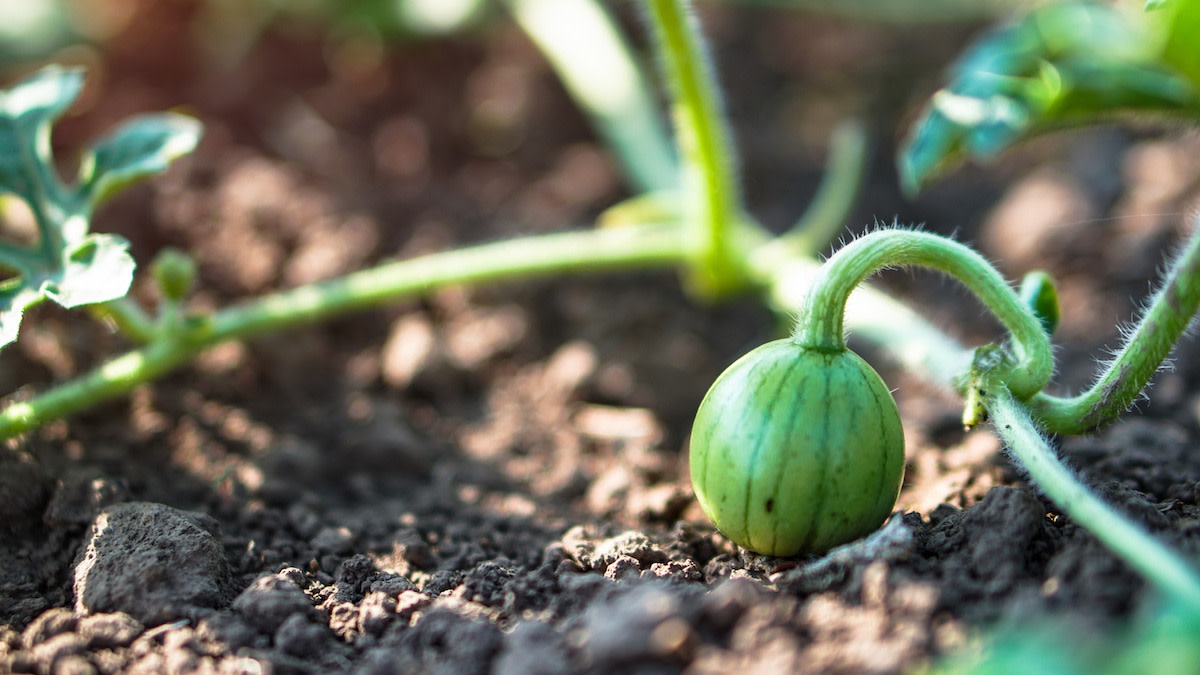Watermelon Companion Planting Guide
Written by MasterClass
Last updated: Jun 7, 2021 • 3 min read
Watermelon is a summertime staple that requires full sun, nutrient-rich soil, and adequate room to grow. Companion planting can help the watermelon patch in your home garden receive proper pollination and keep pests away.
Learn From the Best
What Is Companion Planting?
Companion planting is a time-tested gardening method that enriches and protects vulnerable crops. Farmers and gardeners plant specific crops near each other in order to deter pests, attract beneficial insects, and stimulate growth.
What Are the Benefits of Companion Planting?
Companion plants will either help a specific crop grow or will grow better beside a specific crop, and can do many support jobs in the garden:
- Repel insect pests. Cabbage worms, cucumber beetles, Mexican bean beetles, carrot flies, cabbage moths, spider mites—all kinds of pests can plague vegetable gardens. Many companion plants (like marigold flowers, nasturtiums, catnip, and rue) repel specific pests and should be planted near certain crops to keep them pest-free.
- Attract beneficial insects. Pollinators like bees and ladybugs can use a little encouragement to visit vegetable gardens and pollinate the crops. Gardeners often plant attractive plants like borage flowers to encourage pollinators to visit.
- Improve soil nutrients. When crops grow, they take up valuable nutrients from the soil—leaving the gardener to do a lot of work at the end of the season to renew the soil’s nutrients. However, there are many companion plants (like bush beans and pole beans) that add nutrients like nitrogen back into the soil, helping keep other plants healthy and well-fed.
- Encourage faster growth or better taste. Many companion plants (like marjoram, chamomile, and summer savory) release specific chemicals that encourage faster growth or better taste in the plants around them, leading to quicker and better harvests for home gardeners.
- Provide ground cover. Plants that spread low across the ground (like oregano) serve as a blanket over the soil, protecting it from the sun and keeping it cooler for plants that need it.
- Provide necessary shade. Plants that grow tall and leafy (like zucchini and asparagus) can provide welcome shade for sun-sensitive plants beneath them.
- Serve as markers. When growing slow-growing plants, it can be difficult to tell where the rows will be while you’re waiting for the seeds to sprout. Gardeners often use fast-growing plants (like radishes) interspersed with the slow growers in their rows to delineate where the slow growers will be.
4 Plants to Grow With Watermelon
Watermelon grows on long, low vines, which can make the growing process difficult as the watermelon vines compete for space, sunlight, and nutrients. Companion planting can be beneficial to watermelon, but overcrowding its growing space with too many plants can put the plant at risk for cross-pollination, or stall the growing process.
- 1. Flowers: Watermelons rely on insects like bees to help it produce fruit—that’s why flowering plants with appealing scents like marigolds, lavender, and borage make good companions for watermelon plants. These flowers also repel aphids, which can be particularly destructive to watermelon leaves and tendrils.
- 2. Herbs: Pungent, aromatic herbs like mint, catnip, tansy, and basil are also excellent insect repellents. Plant them in pots or beds surrounding (but not in) the melon patch.
- 3. Radishes: Fast-growing crops like radishes are a good way to take advantage of garden space before watermelons—which have a longer growing season—really begin to spread out. Radishes have shallow roots, are easily harvested, and will keep the area clear of weeds while the melons establish themselves.
- 4. Alliums: Crops that serve as anti-fungal pest protection like alliums (garlic, onions, chives, and leeks) will be useful to watermelons.
Learn More
Grow your own food with Ron Finley, the self-described "Gangster Gardener." Get the MasterClass Annual Membership and learn how to cultivate fresh herbs and vegetables, keep your house plants alive, and use compost to make your community - and the world - a better place.
